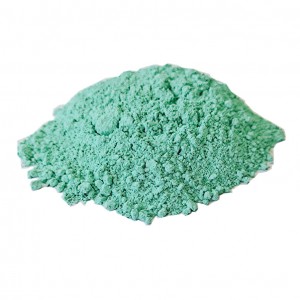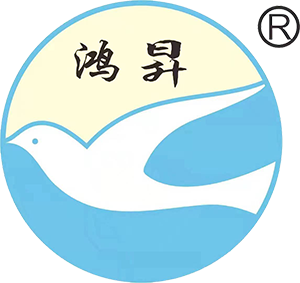-

What factors influence the price of copper oxide?
Economic Factors and Copper Oxide Pricing The pricing of copper oxide, a derivative of copper, is intrinsically linked to global economic conditions. As a primary industrial raw material, copper and its derivatives like copper oxide see demand directly tiRead more -

How is copper(II) oxide formed?
Introduction to Copper(Ii) Oxide Formation Copper(II) oxide, commonly referred to as cupric oxide, is an important compound in various industrial processes. It is represented by the chemical formula CuO and is characterized by its black color. The compounRead more -

What is anhydrous cupric chloride used for?
Industrial Catalysis Applications Anhydrous cupric chloride (CuCl₂) is widely recognized for its application as a catalyst in various industrial processes. Its unique chemical properties make it an invaluable component, particularly in organic synthesis rRead more -

How does copper (II) chloride anhydrous react with acids?
Introduction to Copper(II) Chloride and Its Properties Copper(II) chloride, an inorganic compound, is a significant material in various industrial applications due to its unique chemical properties. With the chemical formula CuCl2, this compound exists inRead more -

How do you clean black sheet copper oxide?
Introduction to Copper Oxide on Black Sheet Copper Copper sheets, known for their distinctive reddish-brown hue, are used extensively in architectural, artistic, and industrial applications. However, when exposed to the environment, copper can develop aRead more -

How is cupric oxide flake manufactured in a factory setting?
Introduction to Cupric Oxide Flake Manufacturing Cupric oxide flakes are an essential component in numerous industrial applications, including electronics, metallurgy, and adhesives. The process of manufacturing these flakes in a factory setting is intricRead more -

Can oxidised copper sheets be recycled?
Introduction to Copper Recycling Copper is one of the most sought-after metals in the recycling industry due to its high value and extensive use in various applications. As a non-ferrous metal, copper does not degrade or lose its chemical properties durinRead more -

How do you store 99% copper oxide safely?
Understanding Copper Oxide Composition Copper oxide (CuO) is a chemical compound that is commonly used in various industrial applications such as ceramics, glass, batteries, and in the semiconductor industry. It is essential to understand the compositionRead more -

Can cupric oxide powder conduct electricity?
Understanding Cupric Oxide's Electrical Properties Cupric oxide (CuO) is a black solid that exists as one of the two stable oxides of copper, the other being cuprous oxide (Cu2O). The compound has a molecular weight of 79.54 g/mol and a melting point of 1Read more -

What are common alternatives to Copper(II) Carbonate Basic that suppliers offer?
Understanding Copper(Ii) Carbonate Basic Chemical Composition and Properties Copper(II) Carbonate Basic, often denoted as Cu2(CO3)(OH)2, is a compound known for its applications in various industrial processes. Traditionally used in pigments, it imparts aRead more -

Can Copper(II) Chloride Dihydrate be used in electroplating?
Introduction to Copper(Ii) Chloride Dihydrate Copper(II) chloride dihydrate, with the chemical formula CuCl2·2H2O, is a compound of significant industrial relevance. Its blue-green crystalline structure is not only visually distinctive but also indRead more -

What are the byproducts of anhydrous cupric chloride manufacturing?
Introduction to Anhydrous Cupric Chloride Manufacturing The production of Anhydrouscupric Chloride Anhydrous is integral to various industries due to its vital role as a raw material and catalyst. This compound, primarily synthesized in a manufacturer orRead more




